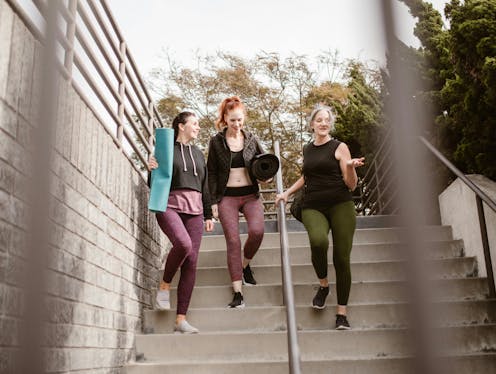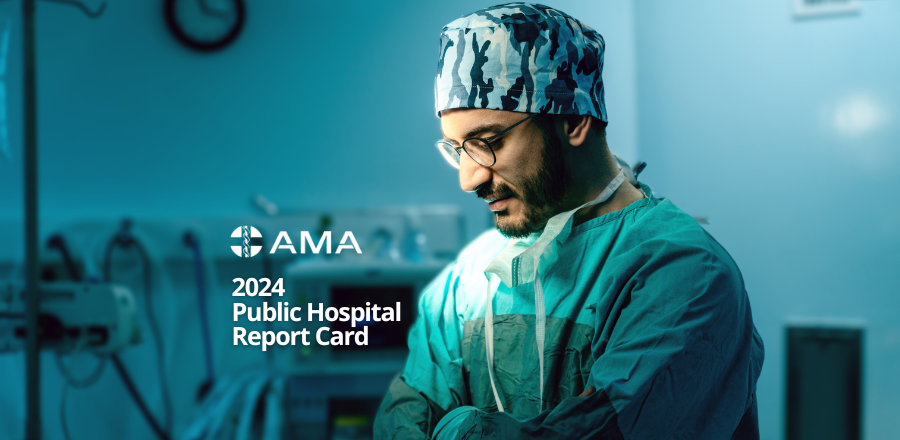Inspired by remotely controlled surgical robots, Vici laureate Jaime Gómez Rivas turned the corona crisis into an opportunity. He started to transform his lab into a remotely controlled experimental facility. And with success: the first paper based on entirely remote measurements is about to be published.
‘As soon as the lockdown began in March, I sat down and had a chat with my students to explore the possibilities,’ Jaime Gómez Rivas recalls. ‘I work at a technical university: we educate engineers. For our students doing just theory is not an option. They need to gain hands-on experience by conducting experiments.’
The Spanish physicist was inspired by an invention from his university’s Department of Mechanical Engineering. ‘If they can construct a surgical robot that can be controlled remotely through the internet and perform surgery with micrometre precision, then it should be possible to remotely control our experiments too.’
His group made an inventory of what would be needed to operate the lab from home. ‘Since most of our experiments are computer-controlled, the transformation turned out to be reasonably easy.’ A crowdfunding initiative was started to raise the required funds, and the TU/e organisation Euflex BV / Technificent stepped in to cover some of the expenses. Over the past months, five of the setups have been made remotely controlled. Five more will follow soon.

Light interacting with matter
The research in the Surface Photonics group Gómez Rivas heads at the Photonics and Semiconductor Nanophysics capacity group at TU/e’s Department of Applied Physics focuses on strong coupling between light and materials, he explains.
‘We study the coupling of particles in semiconductors called excitons to light particles. Light particles, or photons, do not have mass. As a result, they can easily be transported throughout the material. The so-called excitons that carry the electrical charges are less mobile. Our coupled exciton-polaritons combine the properties of both photons and excitons, and enable us to transport the electrical charges over larger distances. That principle can be used to increase the efficiency of solar cells, for example.’
To achieve this strong light-matter coupling, Gómez Rivas puts nanostructures on a grid to create open cavities that enable light to enter and exit. With the aid of advanced (nano-)photonic techniques, he investigates how to design these structures in such a way that optimal coupling is achieved.
Starting from time-consuming measurements
‘Our first remote experiments were done with a near-field terahertz microscope that has been developed by PhD student Niels van Hoof. We typically use this microscope for time-consuming measurements, where the microscope is scanning along a surface. Immediately after the lockdown started, Niels asked if he could leave it on. Since the measurements didn’t impose any safety risks, that was not a problem. The only reason for anyone to enter the lab, would be if the sample needed to be switched. Then we realised that the same goes for other setups. That means that if all of our setups are remote-controlled, we need only one person in the lab. And this one person can support twenty people who can keep experimenting from home.’
To fulfil the researchers’ desire to get a visual confirmation of experimental adjustments, like rotations of polarizers or changes in the positions of mirrors, a YouTube Live channel has been set up to let them see what’s going on with the setups.

Remote lab for the future
Apart from the research not getting delayed in lockdown situations, experimenting from home also has other huge advantages, Gómez Rivas says. ‘First of all, for optical measurements, the quality of the experiments turns out to be higher when we do them from home. For these measurements, it is ideally pitch dark. Anytime anyone enters, unwanted stray light might come in. Also, without any doors opening and closing, the temperature in the lab is more stable. This increases the signal to noise ratio, which is nicely shown in the first publication based on remote measurements that we are about to submit.’
Remote-controlled experiments can also improve efficiency, he adds. ‘We cooperate with a group in Japan. Every so often, a delegation of their staff and students flies over to do experiments here. It is much more time-efficient if they can do that from Japan. And it is more environmentally friendly too.’ A final argument is about the use of the equipment. ‘When the entire lab is remotely controlled, the equipment can be used around the clock by teams of people who live in different time zones.’
Though this initiative started because of restrictions on lab access due to COVID-19, Gómez Rivas is convinced that remote access is the way forward for future research practice. He concludes: ‘Sometimes you need a crisis to rethink your current practice and change it for the better.’








